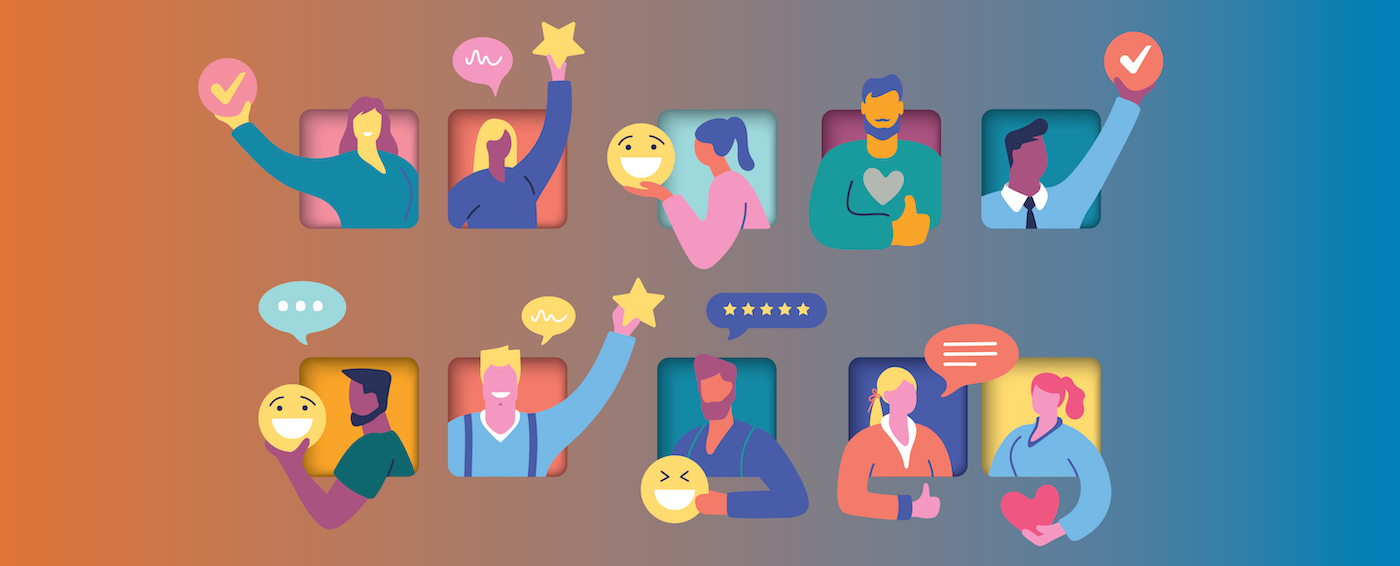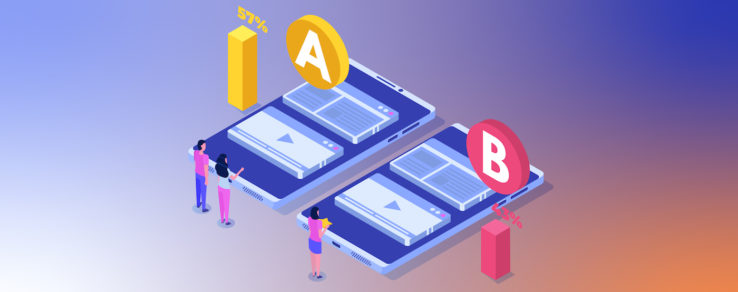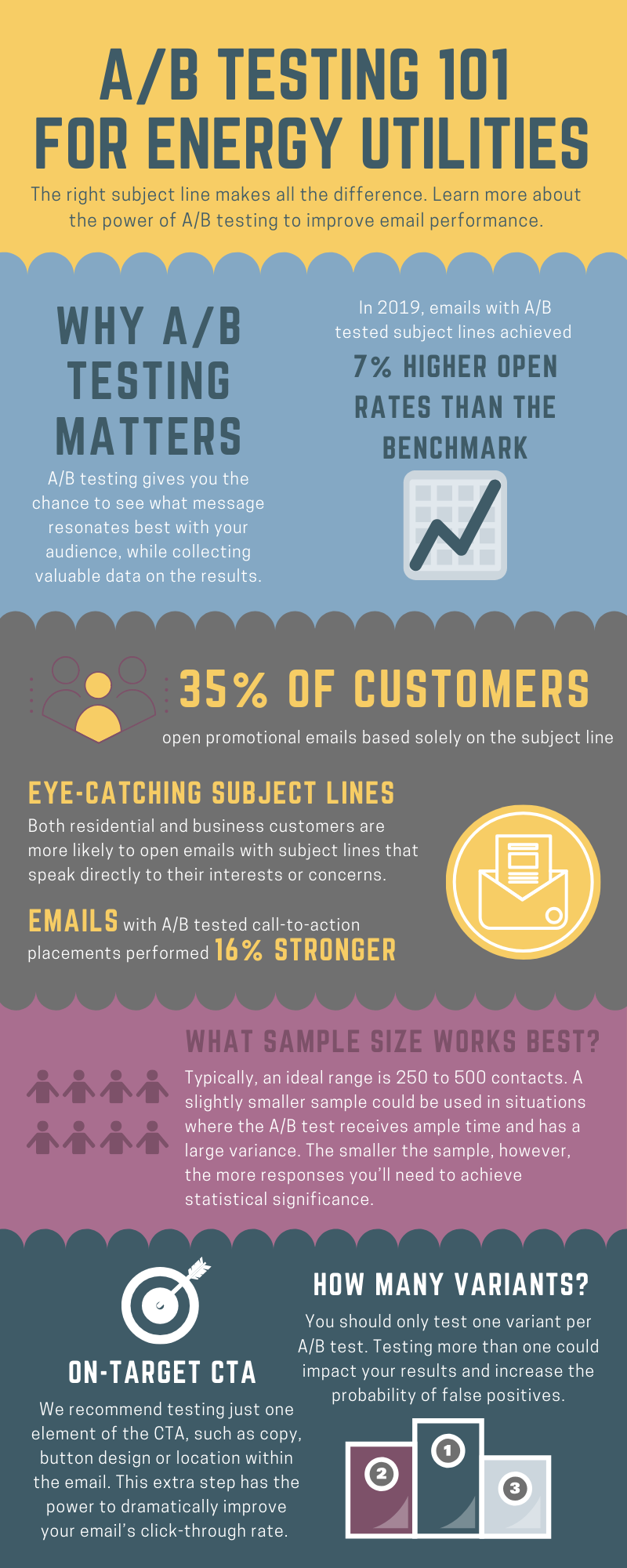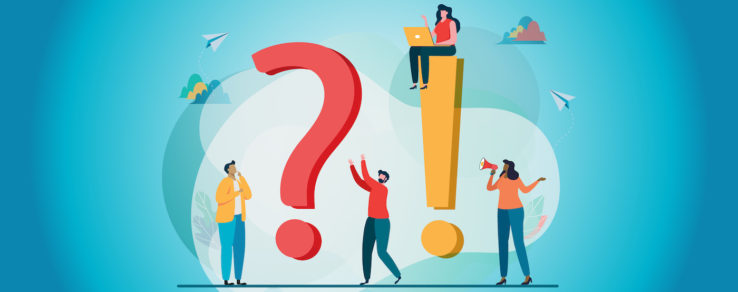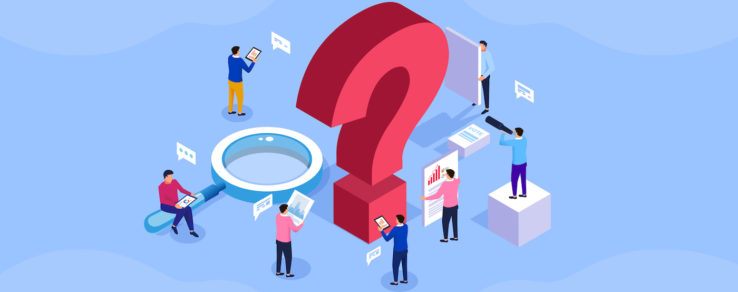Questline Digital has taken the lead to help its energy utility partners keep their customers informed of the coronavirus pandemic. Since early March we have sent more than 34.9 million outbreak-related emails to utility customers across the United States. Initially, these emails contained information about utilities’ preparations and initial responses to the pandemic. As the situation has evolved and energy providers continue to communicate with customers, topics have expanded to include safety tips, scam protection alerts and energy efficiency tips.
Customers want to hear from you
Despite the flood of emails filling inboxes, customers are reading messages from their energy utility. Customers trust their energy provider — and they are looking to you for reliable safety advice as well as program information that will help them save energy during these difficult times. Questline Digital performance metrics show that these messages are resonating with customers.
- 40.4% average open rate for coronavirus email messages, with several individual messages surpassing 50% open rate
- 49% higher open rate than the ancillary alerts category from Questline Digital’s annual Benchmarks Report
- 75% of customers who opened one coronavirus-related email also opened follow-up messages
We recommend maintaining
a regular cadence of one message per week, continuing to answer
customers’ questions and offer support as the crisis unfolds. Your customers
want to be assured they will continue to have energy services — and it’s
important to reinforce this message on a regular basis.
Coronavirus messaging that connects
During the early days of the outbreak, in the initial communication from utilities, the most successful messages reassured customers that their utility has a plan in place and is fully prepared to keep the power on during any crisis. We recommend that subsequent messages include:
- Outage preparation plans
- How the utility is keeping its employees
and customers safe
- How the utility is working with
local authorities to support health providers and first responders
- Donations/support of community causes
- Scam alerts
Many utilities have decided to pause promotional emails during this time in order to not appear insensitive; however, we are seeing elevated clicks on promotional links in email newsletters. It is appropriate to promote programs that address customers’ concerns or complement the new reality of the stay-at-home lifestyle. For example:
- The convenience of paperless billing
or online account access
- Energy efficiency tips or home walkthrough/self-audits
to reduce energy bills
- Level billing or other payment
programs to relieve financial concerns
Email newsletters are delivering engagement
In addition to outbreak-specific ancillary messages, the extremely strong performance of email newsletters shows that customers value the ongoing relationship with their utility. Compared to Questline Digital benchmarks, email newsletter engagement (measured by click-to-open rate) is at a four-year high.
- 36.7% average open rate for newsletters in
March 2020
- 65% higher open rate than the same month
last year
- Customers are engaging with coronavirus content at two times the
rate of other newsletter content
We recommend continuing
your newsletter deployments on your regular schedule. It is important to
replace most or all of your regular content with coronavirus-related content, to
ensure the newsletter is relevant and consistent with what’s on customers’ minds.
In addition to high content
engagement, we are also seeing elevated clicks on promotional snippets in
newsletters. This is an opportunity to share safety guides or other
resource, as well as program promotions that align with outbreak messaging (for
example, the convenience of paperless billing or money-saving opportunities of
energy efficiency).
Subject lines that stand out in inboxes
Customers are receiving
crisis communications messages from every business that has their email
address. Yet, utility emails continue to stand out in their inboxes, reflecting
the important relationship that customers have with their energy provider. Based
on our performance metrics, we recommend these subject line best practices to achieve strong open
rates:
- Use your energy utility’s name in the subject line
- Acknowledge that the message includes
coronavirus information
For email newsletters, include the headline of the first article. We
have seen open rates twice as high as usual when the subject line
includes the title of a coronavirus-related article.
Reaching the right audience
We are seeing a difference
in open rates between residential and business audiences. Keep in mind
that a subset of your customers may exist in your residential list with their
personal email and in your business list with their business email. In these
cases, a customer might see the same email in both inboxes and disregard the
second.
If your email includes information specific to the business sector, we recommend differentiating the subject line. In particular, small businesses are significantly affected by this pandemic. If industry segmentation data is available, you can target your message even further. In previous studies, Questline Digital has seen increases in open rates as high as 12% with segmented audiences.
Coronavirus messaging and content strategy
Questline Digital has created a collection of assets to support energy utilities’ content strategies during the outbreak. This content caters to a diverse group of audiences, including small and large business customers and work-from-home residential customers. This content is available for download or direct publication to a utility’s website, and it’s easy to share on social media platforms.
As with the ancillary
messages and newsletters, performance metrics demonstrate that customers are
eager to receive this content from utilities.
- More than 100,000 total pageviews on coronavirus-related content
- Pageviews are not only extremely high, they continue to generate
traffic for several days after publication
Utilities are content
personalize this content with information or links to their programs. Our data
suggest that you should promote programs regarding ways to pay energy bills
from home and the best ways to stay informed with the utility’s coronavirus
updates. Click-through rate on these links is 4%.
In terms of content topics, during the first weeks of the outbreak customers were looking for basic health and safety advice and reassurances from their energy company that the crisis would not affect the reliability of the power supply. For the month of March, the top-performing Questline Digital content was:
- Coronavirus Action Plan: Protecting Your Power
- Do’s and Don’ts: Coronavirus Prevention
- 6 Ways to Make Your Home Office Energy Efficient
- Business Downtime: Steps to Saving Energy and Money
- 5 Simple Steps to Social Distancing
As the outbreak continues, and customers grapple with the new reality of staying at home for an extended time, we recommend shifting your content to address ongoing and longer-term concerns:
- Saving energy (and money) at home
- Working from home
- Cybersecurity for home workers
- Business downtime
- Bill payment/financial assistance
Learn how a customer engagement strategy from Questline Digital will help you stay ahead of the next communications challenge.
